
The recent cuts to pensioners’ winter fuel allowance and the 10% increase in the energy price cap highlight the urgent need to retrofit the UK’s existing housing stock. While the government is committed to improving energy efficiency in homes, the task is monumental, with over four million properties within the social housing sector alone. Lisa Cairns, Business Development & Improvement Manager at IRT Surveys, discusses how data and technology improve retrofit decision-making for housing providers and construction professionals.
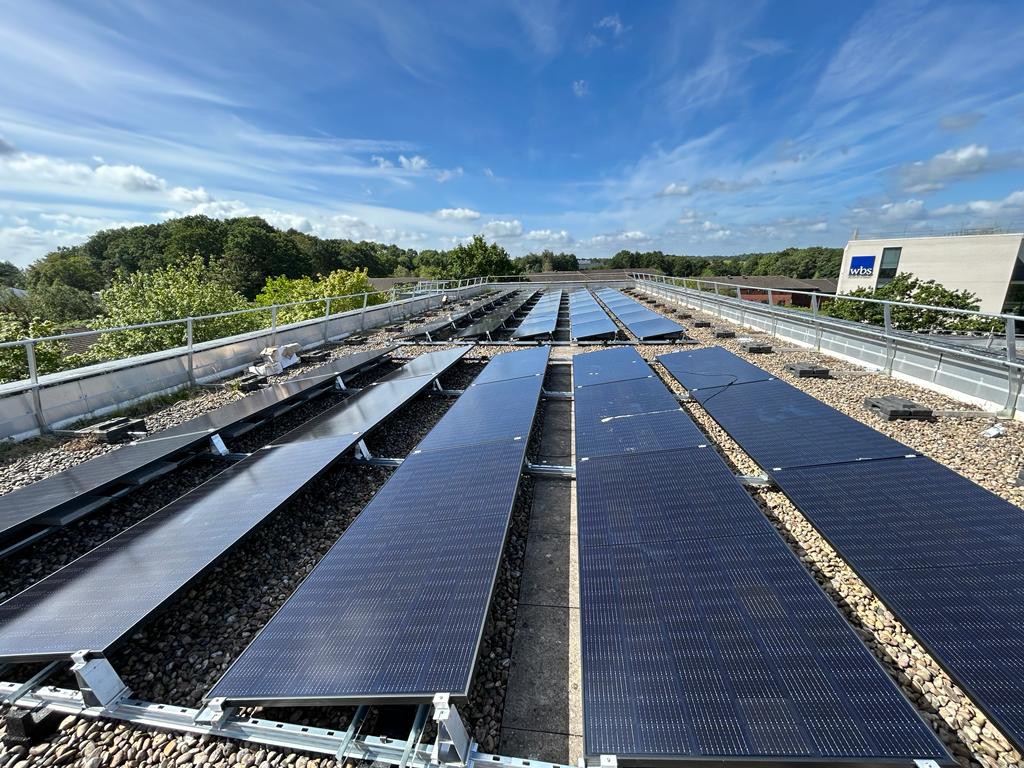
The number of commercial and industrial buildings installing photovoltaic systems is growing exponentially. Chris Cowling, Commercial Director at Aztec Solar, explains how to get the specification and installation right for now and the long term.

Re-thinking energy in education
When considering energy in education, most people immediately associate it with ‘cost’: the optimisation of energy efficiency to save money. Graeme Shaw, Technical Director at Zumtobel Group, UK and Ireland, discusses his campaign for an imperative shift in this focus – from a cost driven approach where educational facilities ‘light by numbers’ to meet a standard or conserve energy to places with student wellbeing at their core.

Case Study: Government recognition for Smart Optimisation project
A high-tech energy-saving project at a prominent Dublin office building has helped bring about a 76% reduction in energy demand and been officially recognised by the Irish Government.

Combat rising energy costs with thermal imaging cameras
Detect hidden sources of heat and energy loss with Teledyne FLIR’s thermal imaging cameras to save energy and cut your heating and energy costs.

Heat and Building Strategy- Electrification of Heat
In October the Government launched its long-awaited Heat and Building Strategy. With heat for buildings accounting for 21% of the UKs annual national emissions, the strategy supports the intention to decarbonise heat, which is essential in order to meet our net zero goals, and it confirms that the Government’s preferred technology for this, at least for the foreseeable future, is the heat pump.
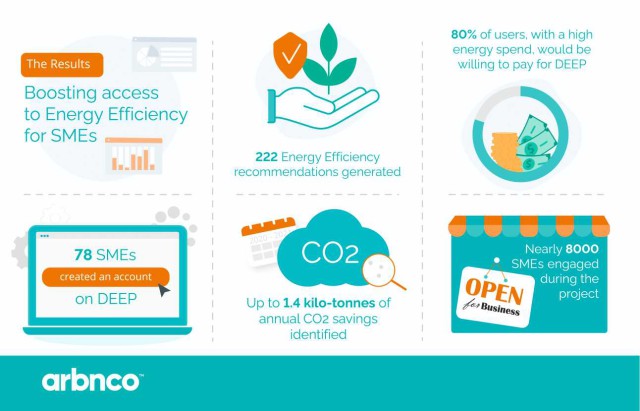
Capturing the group critical to net-zero: SMEs
A year into the Government initiative to help SMEs UK-wide exploit data to achieve net zero, Simon West, COO and cofounder of Scottish proptech arbnco, reflects on the key lessons learnt from its project with British Gas

Frank Bakker of SolarEdge looks at ways to better manage energy
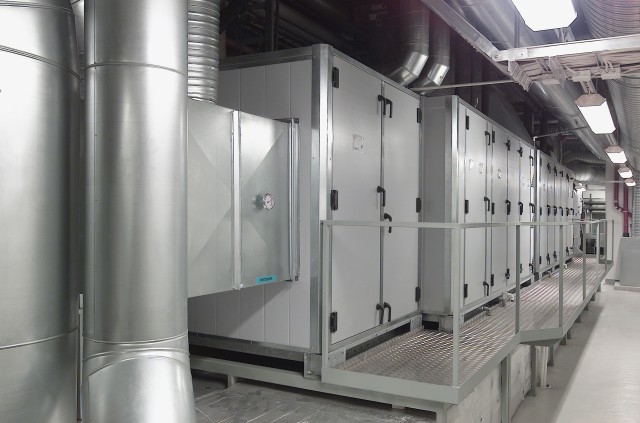
Can a VSD ever really be “fit and forget”?
Can today’s Variable Speed Drives be simply installed and left to do their own thing? Carl Turbitt, ABB’s UK HVAC sector manager, explores the options.

Is it MEES you’re looking for?
Mitch Layng believes that MEES offers opportunities if handled correctly. Here he considers the different stakeholders in the property sector and outlines the possibilities that lie in the new legislation for each.
As the property market becomes increasingly competitive, there is a need to differentiate through better building performance. Andy Lewry, James Fisher and Matt Holden discuss how sustainability results in high performance buildings.

With MEES now in force, EPC ratings are paramount for building owners. Consultant Colin Lillicrap explains why a more detailed EPC analysis could help identify more cost-effective improvement measures – and may even result in a better rating.

The UK moves to MEES this month, but Australia has been linking building performance to commercial tenancies for many years. Paul Angus and Ian Dixon of Aecom Australia tell us how the NABERS system works, and why it has been so successful.

Dr Andrew Geens explains how building managers can help to ensure their EPC is accurate – and why that’s so important to update your EPC with MEES on the horizon.

Andrew Slater explains why the details of building services equipment efficiency are more important now that EPCs carry so much weight. His advice is to take a look at the finer points to make the most of today’s technology.

The energy-efficiency clock is ticking for private rented sector landlords as MEES looms. Chris Meir discusses the potential impact and says now is the time to look for some quick wins in energy-using areas such as heating.

All engineers face the challenge of maintaining a comfortable internal environment while also ensuring the building services are energy efficient. Paul Wightman considers how this can be achieved with modern heating systems.

In the trenches for energy efficiency
The search for energy efficient heating and cooling solutions needn’t take us towards new technologies. Established systems such as trench heating can offer the ideal solution for projects, as David Taylor explains.

When Grundfos introduced the MAGNA3 range five years ago, they hoped that consultants and contractors would embrace this flexible range of intelligent, high-efficiency circulators.

Hoval has introduced two new models to its range of high efficiency, low NOx steel shell boilers; the Max-3 E and the Max-3 condens E. Each model is available in four sizes in outputs up to 6,800kW in gas and dual fuel options. Key features include return inlets with injection effect to ensure return water is heated evenly – avoiding condensation on the flue surface and extending service life.

Correct sizing is a fundamental requirement for energy efficient systems. But with an array of products on the market, selecting the correct one is a challenge. Dan Martindale offers advice on finding and sizing the right water heater for your project.

Boilers are more efficient than ever, but there are simple enhancements which can deliver extra gains for smart users. Pete Mills explains how system rebalancing and weather compensation can be used to deliver exponential efficiency gains, even on older systems.
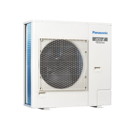
Small yet powerful new Panasonic Mini VRF units
Panasonic has redesigned its Mini VRF heating and cooling units to produce the most compact, yet efficient Mini ECOi series ever – available from November 2017. The new Mini ECOi VRF models, designed for residential and light commercial applications, deliver a powerful performance for properties with limited outdoor space and boasts significant energy savings, easy installation and high efficiency.

The A325 ECX boiler from Atag Commercial boasts some of the highest efficiencies in Europe, thanks to its state-of-the-art design and control capabilities.

A variable approach to efficiency
With further legislation on energy efficiency heading towards us in 2018, Mark Bradley considers the options, and highlights one simple technology that offers a number of benefits for designers and clients alike.

Let’s get radical … about heat
The heating sector needs to shift up a gear in using energy efficiently to keep pace with dramatic changes in demand and technology, according to Tim Rook of the Building Engineering Services Association.

Fan convectors have a number of features that combine to deliver energy-efficient heating systems. Simon Butcher of Smith’s Environmental Products takes up the story.

Best practice design for displacement ventilation
Displacement ventilation is inherently more energy efficient than mixed-air systems, but care is needed to avoid creating uncomfortable conditions. Mike Gosling of Trox UK explores the issues.

Outdoor units are the key to VRF system efficiency
Packing the outdoor units of a VRF air-conditioning system too close together can have an adverse effect on the performance and efficiency of the system. Andy Slater of LG Air Conditioning & Energy Solutions explains.

Zoning in on the detail promotes smart and thrifty buildings
The detail is all-important when it comes to developing high-performance, smart building systems — finely tuned for the purpose for which they were designed. Paul Wightman of Albion Valves shares his ideas.
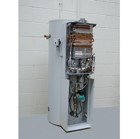
Rinnai water heater incorporates storage to reduce peak gas use
Rinnai’s Infinity Solo condensing low-NOx water heater combines a wall-mounted continuous-flow water heater with a stainless-steel storage heater in one compact unit. There are versions rated at 35 and 54 kW to enable sites with a smaller gas meter to use this technology. The larger Infinity Solo model provides a high-efficiency alternative to gas-fired storage appliances.

Legislation develops to favour thermal wheels
ErP legislation is changing the way the industry looks at the thermal wheel. Once thought of as costly when considered alongside other heat recovery systems, they are now growing in popularity, as Chris Jones of Fläkt Woods explains.
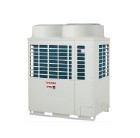
Toshiba launches 3-pipe VRF system
The launch of Toshiba’s latest 3-pipe heat-recovery VRF air-conditioning system, SHRM-e, builds on the success of the SMMS-e VRF system, which had an ESEER (European Seasonal Energy Efficiency Rating) of over seven for all capacities. Developments in key technologies in the latest system include the compressor and intelligent control system — supported by incremental improvements in almost all system components. R410A is the refrigerant.

City commuters are increasingly cycling to work to keep fit, beat traffic jams and reduce their travel costs. This has directly resulted in an increase in demand for changing facilities in the workplace, including showers. Chris Meir of Andrews Water Heaters, explains how businesses can cater for cyclists whilst remaining energy efficient.

Grundfos motors achieve top efficiency rating
MGE motors used by Grundfos Pumps have an efficiency rating of IE5, the highest energy-efficiency level for electric motors. They offer 10% energy savings compared to less-efficient options, with reduction in payback time of about 25%.

Making the business case for building controls
UK Plc needs to cut carbon, yet many businesses will be unwilling to invest in energy-saving technology in a tough economic climate. Alan Hickman of Carlo Gavazzi UK, argues how the BS EN 15232 standard can be used to reveal the true value of building automation in the battle to reduce carbon emissions.
IES and Breathing Buildings have developed a performance component for Breathing Buildings’ system of natural ventilation with heat recycling. It is available in the IES Virtual Environment (IESVE) software suite and uses IES Navigator technology to streamline and automate the integration of the component with the 3D building model. The NVHR Navigator includes guidance for Part L2 and provides automated CIBSE TM25 reportage.

Grundfos delivers effective pump treatment for hospitals
Following an energy audit by Grundfos Pumps, a hospital trust with responsibility for three hospital sites has replaced over 90 obsolete pumps and is projecting energy savings of over 200 MWh a year.
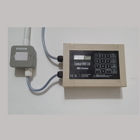
Taking control of energy bills
With the various area of industrial and commercial premises having a diverse range of heating requirements, Nikki Goodman of Combat HVAC extols the energy-saving virtues of zoning.

CHP — a long-term relationship
As electricity prices continue to rise, the case for combined heat and power (CHP) grows stronger. However, the benefits of CHP can only be realised if systems are designed, installed and commissioned and monitored correctly. Gary Stoddart of Remeha CHP advises businesses on best practice before, during and after the installation of a CHP unit.

Gilberts (Blackpool) offers a solution to maximise the benefits of natural ventilation in rooms such as IT suites and science laboratories in schools. Particular issues in such areas include heat from IT equipment and CO2 from Bunsen burners. Gilberts’ solution is its Mistrale Fusion (MFS) natural-ventilation system with the inclusion of enhanced and boost options.

With commercial building operators under pressure to reduce energy usage ahead of the upcoming Minimum Energy Efficiency Standards (MEES) deadline, now is the time to look for a heating and ventilation system that can make a significant contribution in the ongoing battle to improve efficiency ratings. Andrew Gaskell of the Chilled Beam & Ceiling Association (CBCA), explains why chilled beams represent a flexible and cost-effective solution.
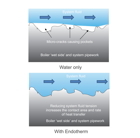
Sabien Technology is the exclusive UK distributor for the Endotherm energy-saving heating additive for commercial multi-site heating systems. The agreement with Endo Enterprises (UK) is to supply the additive, which has won a CIBSE award, for commercial boiler heating systems.
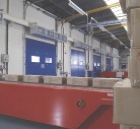
Air curtains for warehouses save energy and improve comfort
Air curtains over or beside large doors in warehouses can cut energy loss through open doorways by over 80% — according to Airbloc, which supplies air curtains for such applications. Comfort is also improved. Internal temperatures can drop by 4 to 10 K every time a warehouse door is opened. With an air curtain, the difference is normally just 1 K.
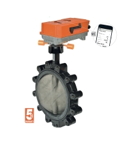
Belimo butterfly valves and actuators have zero leakage rate
Belimo’s new generation of butterfly valves and actuators for high-flow applications for HVAC and commercial applications achieve zero leakage at 200 psi (13.7 bar). These valves have large Cv values to achieve an economical valve solution for larger-flow applications using ANSI flanged piping systems. Typical applications include isolating chillers and boilers, primary bypass flow control, isolating cooling towers, controlling coils in large air-handling units and process-control heat-exchanger applications.

New electric heating boosts EPC rating
Dimplex’s Quantum off-peak electric heating system has replaced outdated electric storage heaters in an industrial unit on a business park in Ashford, Kent, to improve efficiency and reduce running costs. The new heating system in the headquarters of Kent Invicta Chamber of Commerce has raised the Energy Performance Certificate (EPC) from F to E, making it compliant with the upcoming 2018 regulations on minimum energy performance standards for commercial buildings.
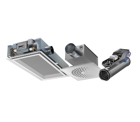
Swegon’s demand-controlled ventilation has wireless control
Swegon’s Wise demand-controlled-ventilation system saves up to 80% of the fan energy and 40% of the cooling and heating energy in a building by supplying heating and cooling in the right amounts, at the right time to the right places. Software such as Swegon ESBO (early stage building optimisation) and the product-selection software IC Design provide decision-making support.

O’Neil enjoys the Rinnai experience
Heating for St Mary’s Church in Saltcoats is more efficient and effective since the previous system was replaced with Rinnai 1004T gas-fired wall space heaters. Six heaters were installed, and Ross McWhirter, installation manager for O’Neil Gas Services, which installed them, says, ‘The biggest part of the job was lifting the floors and running gas and electricity supplies to the units.’

Decisions, decisions… the challenges of managing energy
Catherine Kidd of eSight Energy explains what you need to know to understand your building’s energy usage and improve it.

Renewable energy for a care home in Derbyshire that specialises in dementia is provided by an integrated heating and hot-water system using a gas absorption heat pump from Lochinvar. Solar PV panels were originally considered for the Callywhite Home, but on inspection it was decided that an Optimus gas absorption heat pump was more appropriate for this type of project. It also met planning requirements at a considerably lower cost that solar PV, even taking into account the potential solar feed-in tariff.

Ecobat Battery re-launches as Veloris
Following its sale from the Ecobat Group and a subsequent comprehensive review of its position in and value to the market, Europe’s largest independent battery distributor is now Veloris.
Baxi survey reveals care home leaders need support to achieve heat decarbonisation goals
Baxi recently surveyed over 400 senior and middle management care home managers in both the private and public sector this summer in an effort to understand the enablers required to help decarbonise the sector.






